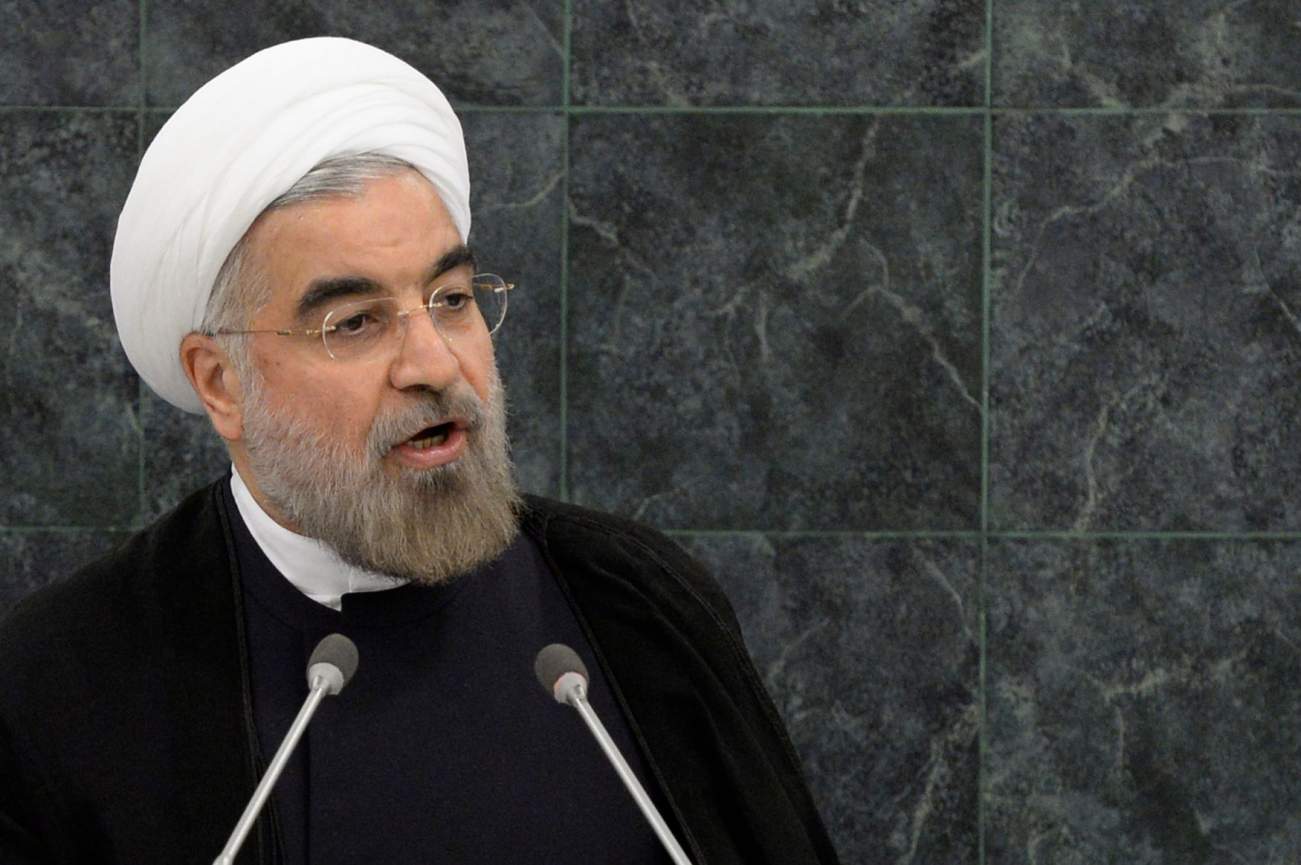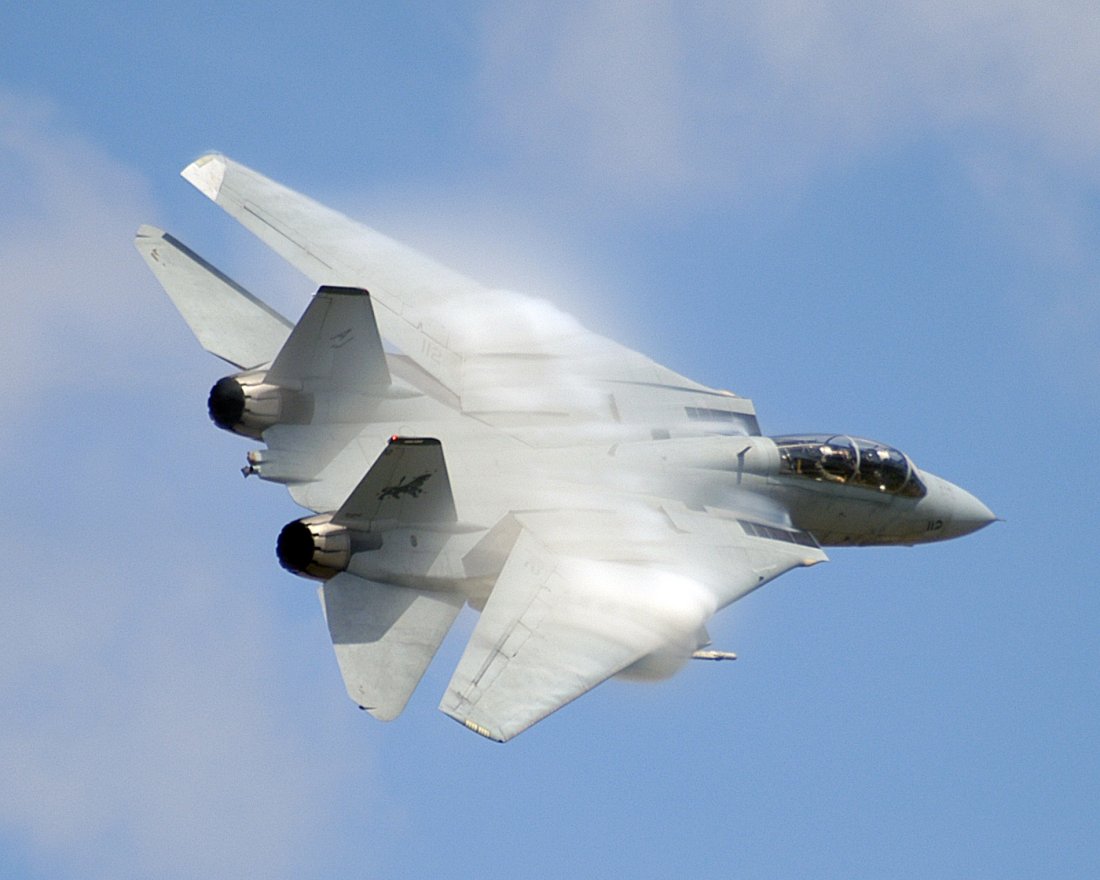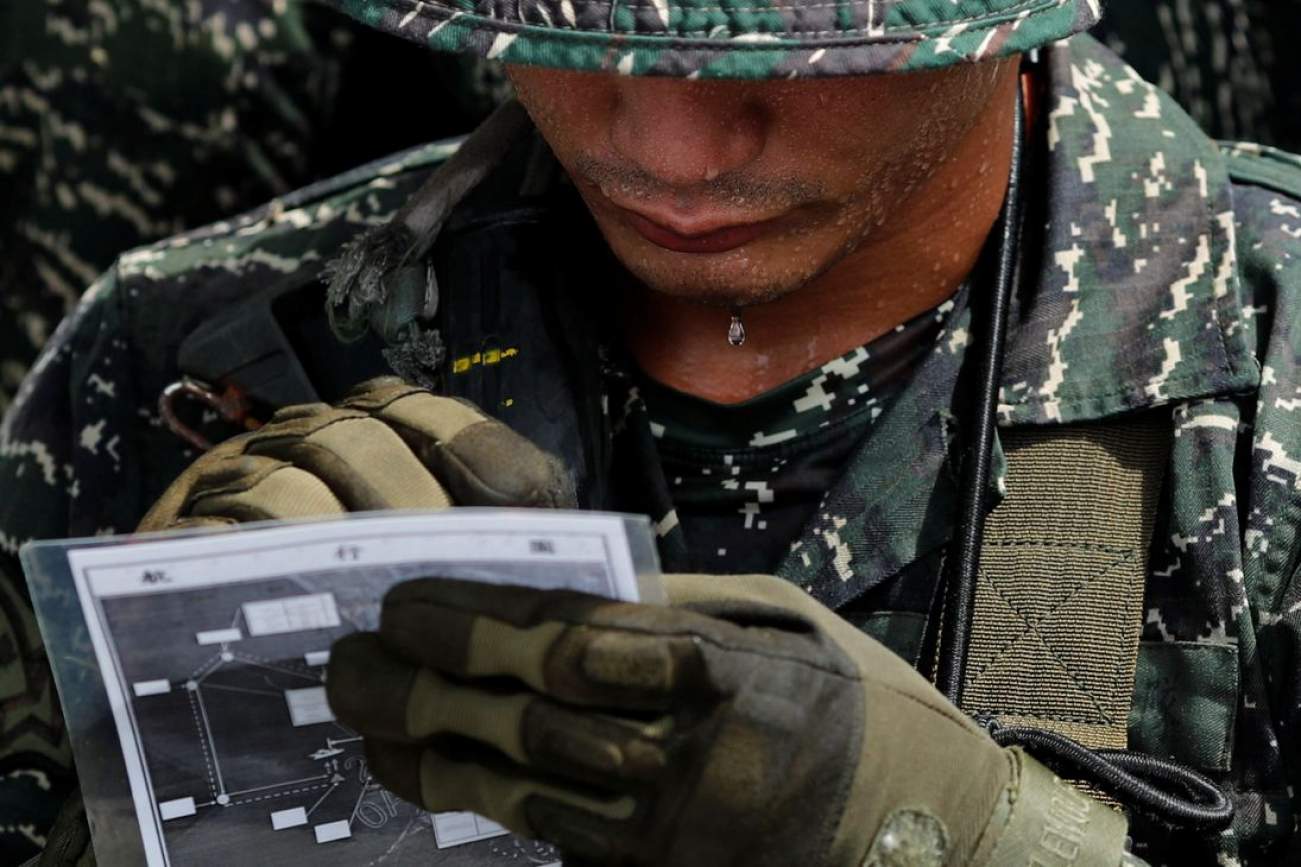Narayan Ramachandran
 A water effectiveness focus for agriculture policy will improve yield, change cropping patterns and reduce misery. It is the only way to mitigate the significant impact likely from climate change. Each year in India, one half of a billion people pray for rain. The rain has to be just right. Too little and there is drought. Too much and there are floods. In either of these cases, their agricultural crop does not provide them sufficient livelihood. Misery generally follows in its wake.
A water effectiveness focus for agriculture policy will improve yield, change cropping patterns and reduce misery. It is the only way to mitigate the significant impact likely from climate change. Each year in India, one half of a billion people pray for rain. The rain has to be just right. Too little and there is drought. Too much and there are floods. In either of these cases, their agricultural crop does not provide them sufficient livelihood. Misery generally follows in its wake.









/arc-anglerfish-arc2-prod-mco.s3.amazonaws.com/public/T7CYS6W2M5B4JF3PUWH5QUDKHQ.jpg)
